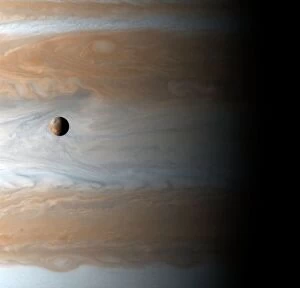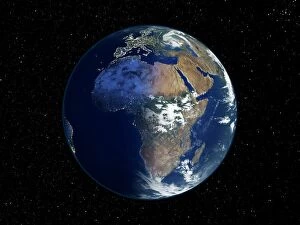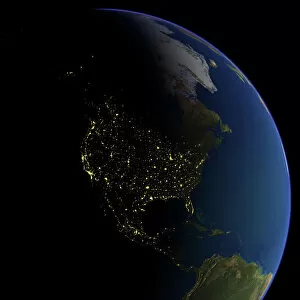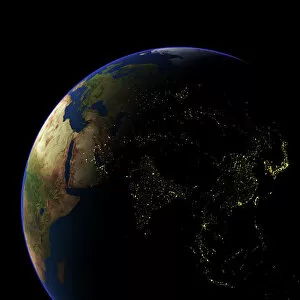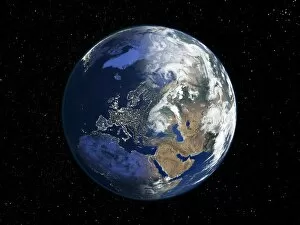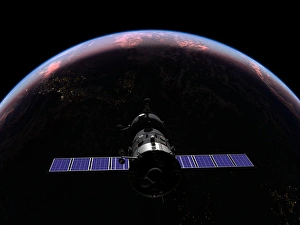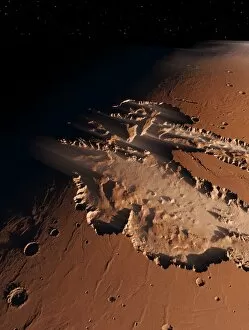Terminator Collection
"Exploring the Boundless Universe: From Io and Jupiter to Olympus Mons on Mars" Behold the mesmerizing beauty of our universe, as captured by Cassini's lens
All Professionally Made to Order for Quick Shipping
"Exploring the Boundless Universe: From Io and Jupiter to Olympus Mons on Mars" Behold the mesmerizing beauty of our universe, as captured by Cassini's lens. The ethereal dance between Io and Jupiter leaves us in awe, a celestial ballet that reminds us of the vastness of space. As night falls over Europe, city lights illuminate the continent like a shimmering tapestry. A satellite image captures this breathtaking view, showcasing humanity's footprint on Earth. In stark contrast, Africa reveals its dual nature with a satellite image transitioning from night to day. Witness the vibrant colors as darkness gives way to sunlight, painting a vivid picture of life's constant cycle. North America emerges under a blanket of darkness; its cities sparkle like stars against an obsidian canvas. This nocturnal spectacle showcases human innovation amidst nature's grandeur. Asia too unveils its nocturnal charm; millions of lights twinkle across this vast continent. A testament to progress and diversity, it serves as a reminder that even in darkness there is brilliance. The last stone unturned - we embark on an interstellar journey towards Mars. Gaze upon Olympus Mons and its surroundings; this colossal volcano dwarfs anything found on Earth, reminding us how small we truly are in the cosmos. Returning closer to home, another satellite image captures Europe at dawn - a delicate transition from night into day. Nature awakens while civilization stirs; witness the harmonious coexistence between man and planet. A Soyuz TMA-M spacecraft soars gracefully over the Atlantic Ocean at sunset - an emblematic symbol of human exploration reaching for new horizons beyond our blue planet. Look up. The moon graces our sky with its waxing crescent phase in high resolution glory. Its serene presence reminds us that even amidst chaos there is tranquility above. And behold. The transient Lunar-X visible at the terminator –a mysterious phenomenon etched onto Luna’s surface.

